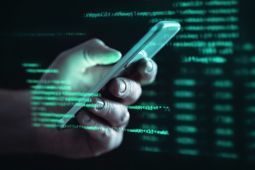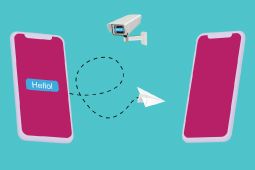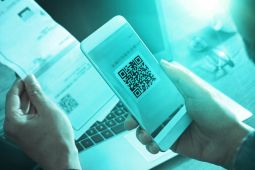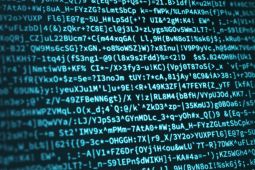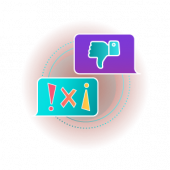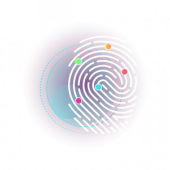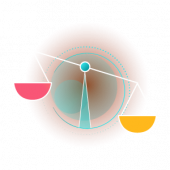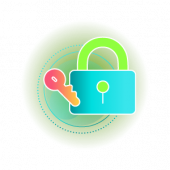Protecting Your Students During Online Learning

Online learning has become nowadays a daily routine for most people around the world. While the trend has grown stronger with Covid-19, it will probably persist as a constant reality because there is no way that learning will ever stop even during tough times, and classes and courses are becoming more and more available online, including different school activities.
Today, educators are working harder to prepare for online classes, changing their strategies and plans to ensure their students do well when learning online.
Schools are also doing their best to provide online classes to students. This is done through self-learning where students are asked to take part in the online resources or are given access to the resources on the school’s servers. At the same time, it is very important for you, as an educator, to ensure their online safety and raise awareness about its importance and how to stay safe online, because you’re the core of the circle of safety, whether in applying your own personal protection rules or in educating your students about their security and safety requirements when going online.
The educational institutions in Qatar invest lots of resources to protect the data of teachers and students and the sensitive regulatory information against advanced online threats. But this is not the case when you teach from home as the protection level is different and so it is your responsibility to protect all the data you share online, be it your own data or those of your students, as well as your laptop at home.
Since such responsibility is mainly on your part, here are some of the best ways to protect yourself and your students:
Be selective about what applications you should use:
Use only applications that are approved by well-known companies and basic educational systems in your online class, especially those validated or approved by the Ministry of Education and Higher Education in Qatar, and make sure your school accepts that you use it.
Moreover, be careful when using non-educational tools, such as editing or drawing software, as they might not feature the necessary privacy settings that would protect your data.
Maintain privacy:
Educators with good intentions can engage in risky behaviors that would put the privacy of the online course at risk, including sharing the students’ personal information, posting their grades, and correcting their homework while using an unsafe wireless connection. And when you’re not careful enough to avoid sharing these data with the public, they’re likely to be stolen by third parties.
Also, it is useful to insist to your students to use a safe Wi-Fi connection – at home, for example- to access their online classes, and not public networks at coffee shops and public spaces, where security and privacy are at their lowest levels. In addition, lock the virtual class once you start to restrict access to anyone else.
Confirm the password:
First, regularly change the class link and use more than one URL throughout the online course - you can optimally change it on a daily basis, but changing it weekly or monthly would do the job.
Also, consider the use of sign-in/sign-out procedures, to give an extra layer of privacy and security, which guarantees that only your students can access the class. Online classes given through video calls must be protected with a strong password, and not be accessible from the URL only. It is also important to regularly change the password, and email it to each student separately before they can join in.
Chat functionality and private messaging:
Through uncontrolled private messaging, students might use the chat functionality to send offensive, embarrassing or threatening messages to their peers, or to send external links that might pose a threat to the safety of the online class. So, try to deactivate any functionalities that enable such behavior, check regularly if the students are engaged in it or not, and control or totally block the functionality during a lecture to prevent any abuse and to protect against unwanted links.
Beware of malware:
A survey conducted by Microsoft in September 2020 showed that of all the sectors, the education industry was affected the most by malware by 60.1%. We all know that hackers feed on the gaps of such software. So you must check the supporting programs you may need to prepare the lesson or the lecture and use reliable programs that are approved by official authorities in Qatar.
Finally, beware also of adwares that provide hidden links in online ads that allow for the installation of malware on your device when clicking any of them.
@2x.png)


